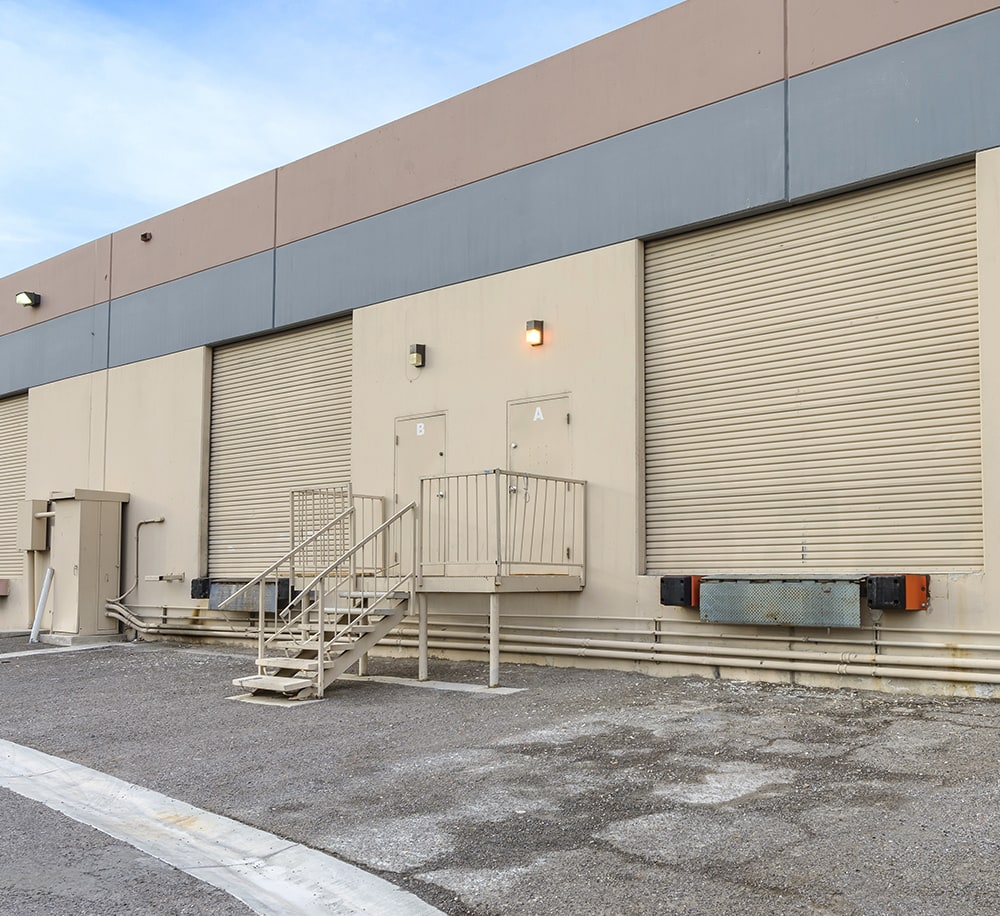Efficient Dock Repair Work Techniques: Making Certain Structural Integrity
Making sure the structural integrity of anchors via effective fixing strategies is extremely important for the durability and security of marine facilities. Subsequently, picking the right repair materials, such as composite materials and corrosion-resistant alloys, is essential for toughness.
Evaluating Dock Damages
Assessing dock damage is a crucial first action in ensuring the structural integrity and safety and security of any docking center. Trick facets to check out consist of the dock's structure, pilings, outdoor decking, and equipment (Dock Repairs).
Structural engineers or qualified inspectors typically perform these assessments making use of specialized methods and tools. For instance, underwater inspections could use sonar devices or remotely operated vehicles (ROVs) to identify immersed damage. Above water, aesthetic assessments are enhanced by utilizing moisture meters and various other diagnostic devices to discover underlying issues not immediately noticeable to the naked eye.

Choosing Repair Work Materials
Choosing the ideal fixing products is a pivotal step in the dock remediation process, one that straight affects the long life and efficiency of the fixed framework. Product choice need to be driven by aspects such as ecological problems, load-bearing needs, and compatibility with existing dock parts. As an example, timber is a typical choice for anchors as a result of its all-natural resilience and visual allure. Nonetheless, picking the appropriate kind of timber, such as pressure-treated lumber or naturally rot-resistant species like cedar or teak, is crucial to withstand marine environments.
In enhancement to timber, composite materials are increasingly preferred because of their resilience and reduced maintenance needs. Composites, typically made from a mix of plastic and wood fibers, offer exceptional resistance to rot, insects, and UV damages. For metal docks, picking corrosion-resistant alloys such as galvanized steel or marine-grade aluminum is necessary to protect against rust and make certain structural honesty in saline water conditions.
Epoxy materials and marine-grade sealers are important for fixing splits and sealing joints, offering a water-proof barrier and improving the dock's total toughness. By carefully choosing high-grade materials, dock repair work can accomplish resilient outcomes, thereby protecting versus future destruction and making certain safe, dependable use.
Architectural Support Strategies
Efficient structural reinforcement techniques are critical in ensuring the security and long life of dock fixings. This approach is especially efficient for docks revealed to hefty tons or harsh ecological problems.
One more vital technique is the application of fiber-reinforced polymers (FRP) These products supply high strength-to-weight proportions and outstanding resistance to corrosion, making them excellent for enhancing wooden or concrete anchors. FRP can be applied in Resources strips or sheets and bonded with epoxy materials to improve structural honesty.
Bracing and anchoring systems additionally play a vital role in architectural reinforcement. Cross-bracing, using steel or wooden beam of lights, can combat lateral pressures, lowering persuading and movement. Securing systems, such as helical piers or driven piles, supply a stable structure by transferring lots to deeper, extra stable dirt layers.
Finally, the integration of load-distribution plates can aid distribute weight a lot more evenly throughout the dock's surface area, alleviating local tension factors. These techniques jointly ensure that anchors continue to be safe and robust, efficient in standing up to the roughness of their operational atmosphere.
Advanced Fixing Techniques

An additional innovative strategy entails undersea welding, which permits fixings to be performed without the demand to dewater the location. This technique is especially helpful for resolving architectural problems in submerged dock components, making sure minimal disruption to procedures. Improved welding methods, coupled with robotic systems, supply accuracy and dependability, thus extending the life-span of the dock.
In addition, cathodic defense systems are implemented to stop deterioration in metal dock frameworks. By utilizing sacrificial anodes or satisfied current systems, these techniques efficiently alleviate the electrochemical processes that cause product wear and tear.
Lastly, progressed tracking technologies, such as architectural health and wellness monitoring (SHM) systems, supply real-time data on the problem of dock structures. These systems allow proactive upkeep and timely treatments, ultimately making certain the long-lasting structural stability of the dock.
Maintenance and Prevention
Upkeep and prevention are basic ideas that underpin the long life and security of dock structures. Routine inspections are vital, enabling very early discovery of deterioration, possible weaknesses, and ecological impacts. A positive strategy, including regular checks for rust, rot, and architectural shifts, alleviates this hyperlink pricey repair work and lengthens the dock's operational life.
Precautionary actions should consist of using protective finishes to steel elements to safeguard against rust and utilizing treated wood to resist decay. Additionally, ensuring appropriate drainage and ventilation can stop water buildup, which is a common cause of structural deterioration. Including top quality products and sticking to supplier guidelines during construction and repair service stages additionally play crucial roles in enhancing sturdiness.

Training employees in dock upkeep finest practices ensures regular application of safety nets. Leveraging technological advances, such as drones for inspections and sensing units for real-time tracking, can even more enhance upkeep efforts. By prioritizing upkeep and prevention, dock proprietors can make sure structural honesty, operational safety, and cost-efficient management over the dock's life expectancy.
Conclusion
In verdict, maintaining the structural stability of aquatic centers demands comprehensive dock repair work methods. Advanced repair service strategies, combined with routine maintenance practices, make sure the dock stays secure and functional under varied ecological problems.
Ensuring the structural integrity of anchors with efficient repair work methods is vital for the long life and safety and security of marine centers.Picking the appropriate repair materials is a pivotal action in the dock restoration process, one that straight affects the durability and efficiency of the repaired structure.Effective architectural support strategies are important in making certain the security and durability of dock repair work. By prioritizing upkeep and avoidance, dock owners can guarantee structural honesty, functional security, and affordable management over the dock's life-span.
In verdict, preserving the structural honesty of aquatic facilities demands comprehensive dock repair strategies.